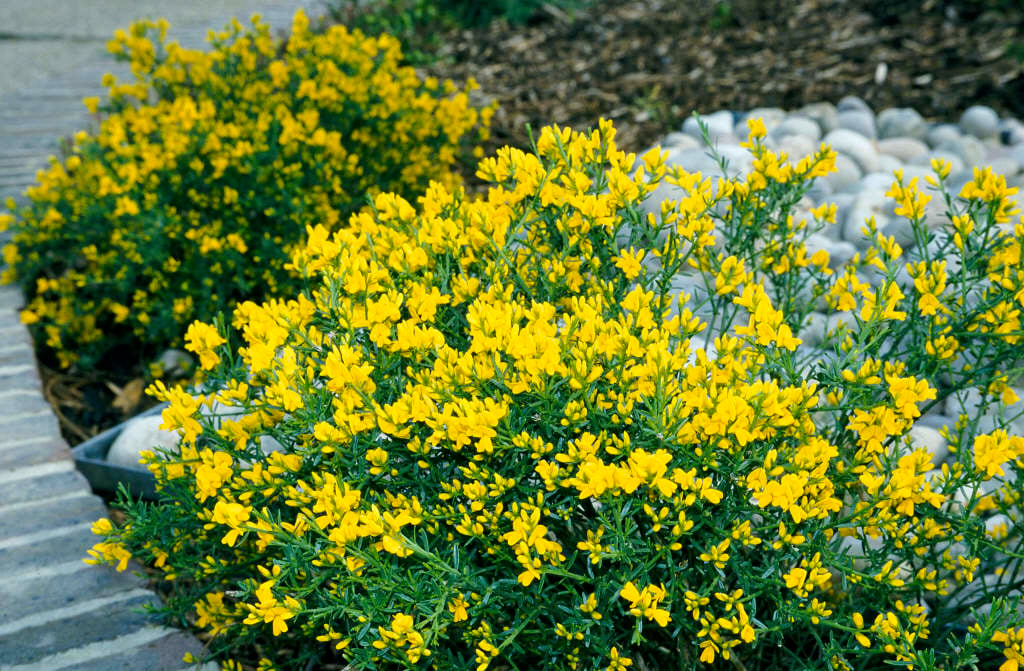Size
Ultimate height
0.1–0.5 metresTime to ultimate height
5–10 yearsUltimate spread
0.5–1 metresGrowing conditions
Moisture
Well–drainedpH
Acid, Alkaline, NeutralColour & scent
| Stem | Flower | Foliage | Fruit | |
| Spring | Grey Silver Green | Green | ||
|---|---|---|---|---|
| Summer | Grey Silver Green | Yellow | Green | |
| Autumn | Grey Silver Green | Green | ||
| Winter |
Position
- Full sun
Aspect
South–facing or North–facing or West–facing or East–facing
Exposure
Exposed or ShelteredDrought resistance
Yes Hardiness
H5Botanical details
- Family
- Fabaceae
- Native to GB / Ireland
- No
- Foliage
- Deciduous
- Habit
- Trailing
- Genus
Genista are deciduous, sometimes spiny, shrubs or small trees with small, simple or trifoliate leaves and solitary, racemose or clustered, pea-like yellow flowers which are sometimes fragrant
- Name status
Correct
- Plant range
- SE Europe to Syria
How to grow
Cultivation
Grow in poor but well-drained soil in full sun
Propagation
Propagate by seed or semi-hardwood cuttings
Suggested planting locations and garden types
- City and courtyard gardens
- Coastal
- Cottage and informal garden
- Gravel garden
- Low Maintenance
- Ground cover
- Banks and slopes
Pruning
Pruning group 1. Will not tolerate hard pruning. New growth will not rejuvenate from old wood
Pests
May be susceptible to aphids and gall mites
Diseases
May be susceptible to honey fungus in gardens where it is present but insufficient data to determine degree of susceptibility
Love gardening
Sign up to receive regular gardening tips, inspiration, offers and more
View our Privacy Policy
Get involved
The Royal Horticultural Society is the UK’s leading gardening charity. We aim to enrich everyone’s life through plants, and make the UK a greener and more beautiful place.

